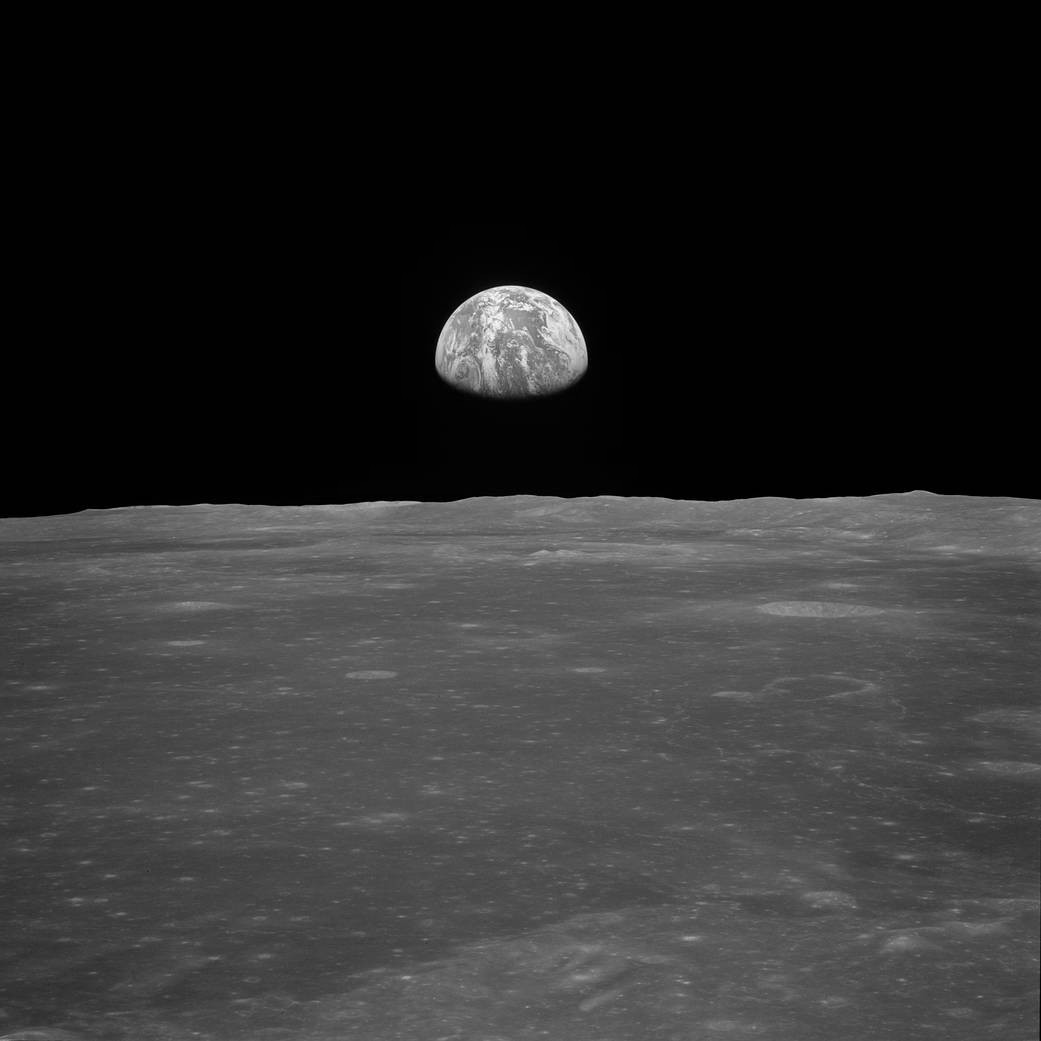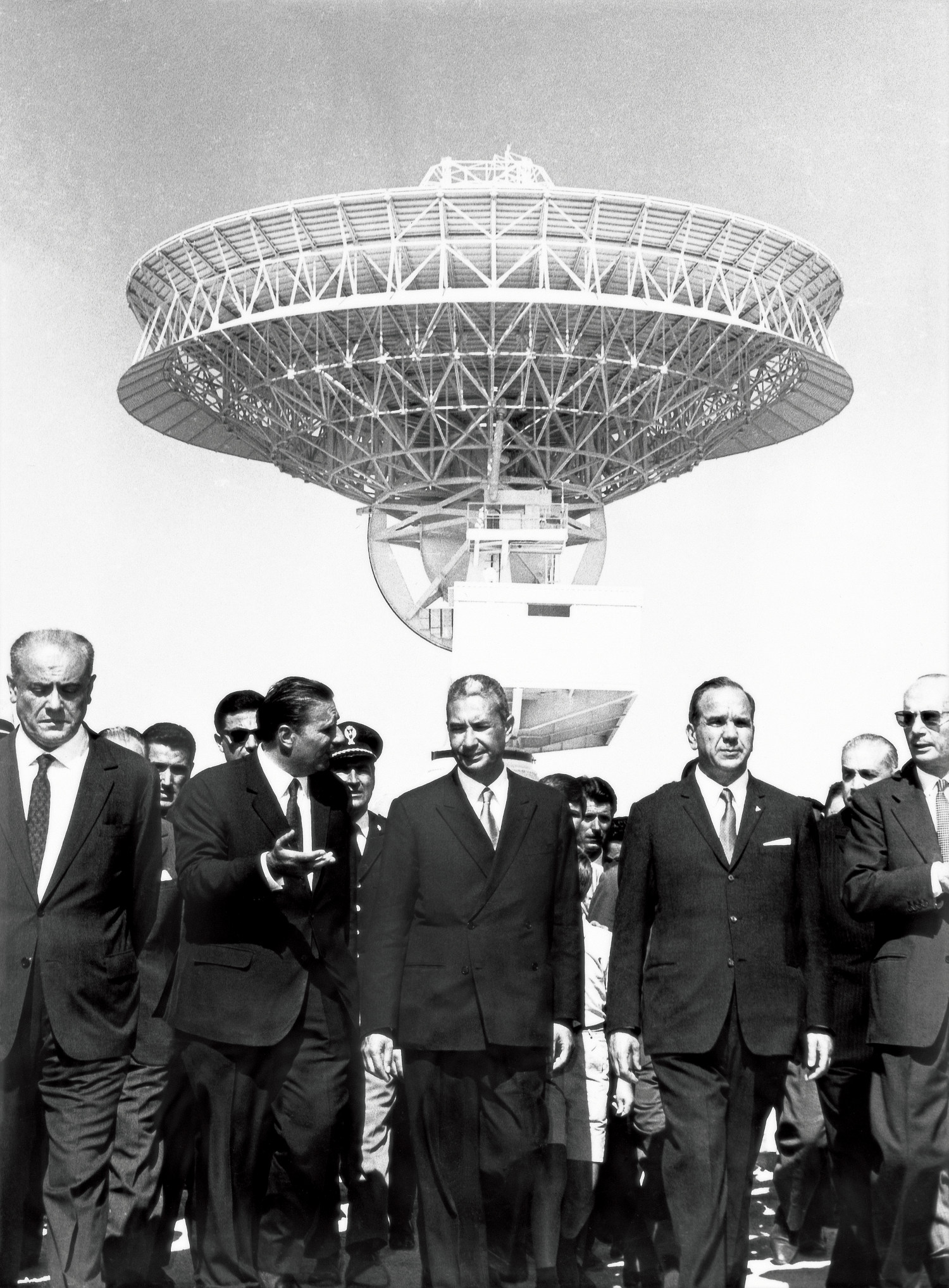11 February 2021
Anyone who didn’t own a television - and in 1969 there were still those who didn’t - flocked to their friends’, their relatives’, their neighbours’ houses. Man's first time on the Moon, his first ever on soil other than the Earth’s, was one of those events that could not be missed. In Italy, there were more than 20 million people glued in front of the TV screen; in the world, this figure reached more than 650 million. All of them holding their breath as 39-year-old Neil Armstrong climbed down the ladder of the Lunar Excursion Module (LEM), stopped on the last step, hesitated a few moments, and then jumped to the ground. And all recorded live.

The Apollo 11 crew consisted of Commander Neil Armstrong, Michael Collins and Edwin “Buzz” Aldrin. Collins flew the command module and was the only crew member not to set foot on lunar soil (credits: NASA)
It was indeed a “giant leap for mankind”, but also for telecommunications.
Behind the images that reached every corner of the globe lay Early Bird, also known as Intelsat I, the first commercial satellite launched on 6 April 1965. In Europe, only four stations could receive its signals and transform them into what was to become iconic footage. One of those stations was in Italy, at the Fucino Space Centre.
Less than eight years had passed since Telespazio had been founded in 1961, but in the late sixties Fucino seemed another world. Just two years before the moon landing, on 28 August 1967, Prime Minister Aldo Moro had inaugurated Antenna B, a 27-metre parabolic dish covering the whole of the Atlantic. The small Antenna A, with which everything had started, had been successfully reused in a new business: telemetry and remote control services on Intelsat satellites.

After the inauguration of the second 27-metre antenna by Aldo Moro, Piero Fanti had an idea: to use the small Antenna A to provide control and telemetry services to Intelsat. The project was approved in July 1967.
July 1969 was to be a key month for the Italian company. On the 29th, less than ten days after the lunar landing of Apollo 11, Telespazio broadcast another unprecedented event worldwide: Paul VI became the first reigning Pope to ever visit Africa. Thanks to an 8-metre diameter dish brought to Kampala by sea, the whole world was able to follow Paul VI’s visit to Uganda. The world had never been so small.

